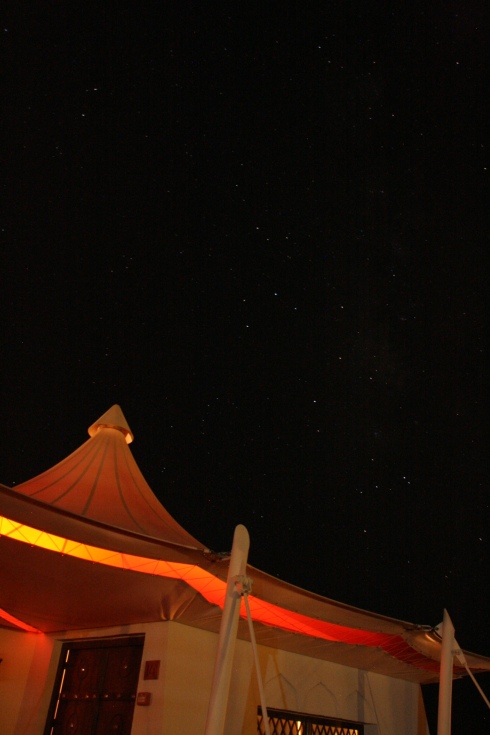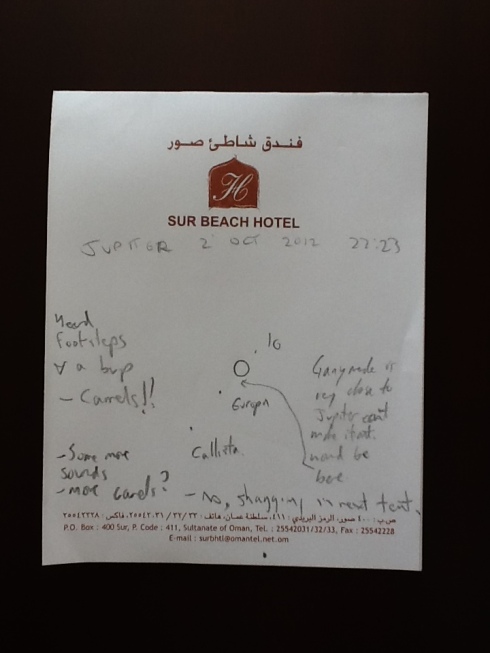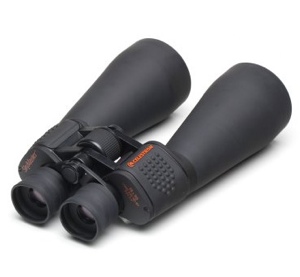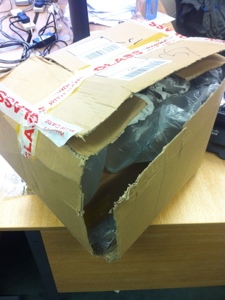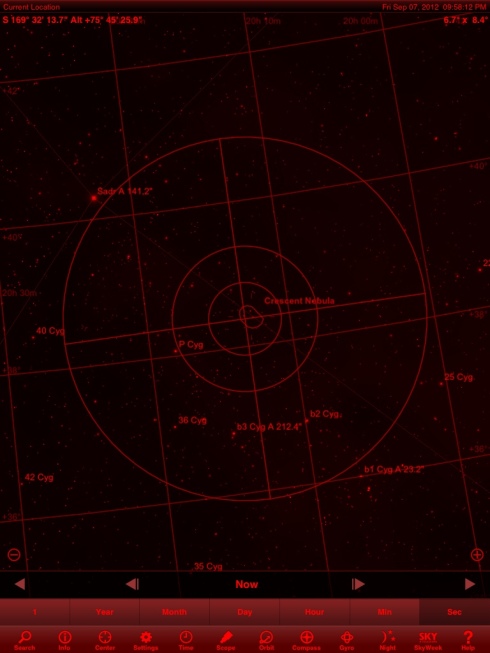Location: Home, garden, on the grass
Conditions: clear but misty. Damp.
Equipment: skywatcher 130 scope, Celestron 15×70 binoculars
Highlights: Jupiter, Andromeda M31, Pleiades M45
21:03 Jupiter
Started here just to get aligned. Can see both N and S Equatorial belts in 25mm eyepiece. 4 moons visible . I to East. 3 to West. Jumping up to 6mm eyepiece it’s a bit hazy. Not sure if this is down to dew. I have the camp mat protective cover I made round the mirror end of the OTA. I can feel moisture condensing on cool surfaces like the OTA and even my iPad.
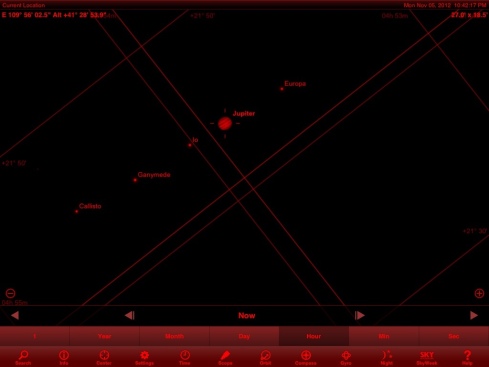
21:11 Pegasus
Located the constellation with naked eye. Some of the stars are quite faint. Moisture in air. Not helped by fireworks.
21:13 Great Square in Pegasus
Located this asterism linking Pegasus to Andromeda. It’s a test of how dark your sky is to count how many stars you can see with the naked eye with the square. Erm… None.
21:20 Mirach – Beta Andromedae
Double Star in Andromeda – didn’t split the double.
Starting point for M31 starhop. Yellow star.
21:26 Andromeda Galaxy – Messier 31
Spiral Galaxy in Andromeda
A quick and easy starhop from from Mirach via u Andromeda and v Andromeda. Spotted easily in the RACI and then moved to the 25mm eyepiece. Tried 17mm plossl EP too. Not as clear. 25mm really show up the bright core. Had a bit of a tranquil moment marvelling at this galaxy 2.5 light years away.
21:49 Metallah – Alpha Trianguli
Variable Double Star in Triangulum – will have to look at the variable nature of this star at a later date.
I actually ended up here having overshot the starhop trying to find M33 from Mirach. This does seem to be an empty area with these conditions. However I was able to identify Triangulum constellation with the naked eye having arrived here. Easy really. It’s a trangle. Above Aires so I am widening my constellation experience.
22:14 Pinwheel Galaxy – Messier 33
Spiral Galaxy in Triangulum
Tried to find from both Mirach in Andromeda and from Metallah-alpha Trianguli. Couldn’t find it. It is quite an empty area with few stars of significant brightness to navigate by. Think it’s too misty so while I was in the right area, unable to see the faint fuzzy. I can see my breath and there’s an orange halo around the street lights.
22:18 Pleiades – Messier 45
Open Cluster in Taurus
Not within sight of the scope due to a fir tree so I got the 15×70 binoculars out. Between fir tree and street light, I could see the blue glow with naked eye. Bins show More detail. Moved scope to observe through that. There’s too much moisture in air now. The RDF is misted up. The Pleiades sit tight in centre of RACI. Through the ‘scope with the 25mm it fills the eyepiece. Can’t stay at the scope too long now. The eyepiece is misting up with my breath too. It gives a false impression of nebulosity. Stepping away from the scope to let it clear I noticed two orangle lights tracking fast and East towards Jupiter. These were two sky lanterns. The globes were very clear through the bins. Viewed Pleiades again after EP cleared. Shining a bright blue against a black background. There’s a definite nebulosity around some of them this time.
22:33 Double Cluster – NGC 869
Open Cluster in Perseus
I think i got it in bins by following a line from two stars in Cassiopeia toward Perseus. Looked like a double smudge. It was difficult to keep it steady. It was very high, almost at the zenith, so tough leaning back.
Too much mist and dew forming now and my feet are getting cold so time to call it a night. A good session though. Feels like I saw a lot.

